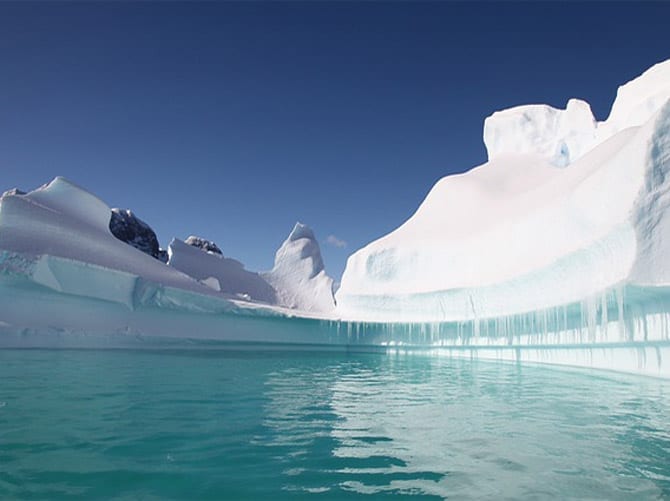Research Shows the South Pole is Warming Three Times Faster Than Expected
The latest climate crisis research, published in Nature Climate Change, shows that the South Pole has experienced a record warming of 1.8 degrees celsius (3.3 degrees Fahrenheit) over the last 30 years – which may not sound like much, but is at a rate three times higher than the expected temperature increase due to anthropogenic global warming, according to IFLScience.com
The data for the study links the increase in temperature around the South Pole to a strong cyclonic anomaly that took place in the Weddell Sea around Antarctica in 2018. This event was caused by high sea-surface temperatures in the western tropical Pacific Ocean, which led to warm, moist air moving toward the Antarctic interior, ultimately reaching the South Pole.
“This shows how intimately linked the climate of Antarctica is to tropical variability. Our study also shows how atmospheric internal variability can induce extreme regional climate change throughout the Antarctic interior, which has masked any anthropogenic warming signal there during the 21st century,” lead author Dr. Kyle Clem from the University of Wellington said in a statement.
The team is interested in continuing to study how anomalies in the atmosphere around the southernmost continent affect its ice sheet and its surrounding seas.
“So while our study identified the likely cause of the strong cyclone and its impact on interior Antarctic temperature, what else has this unusual circulation done to the local sea ice and cryosphere, and will it continue in the future?” Clem said.














